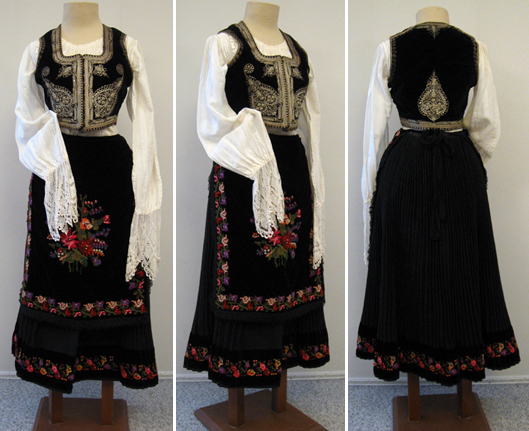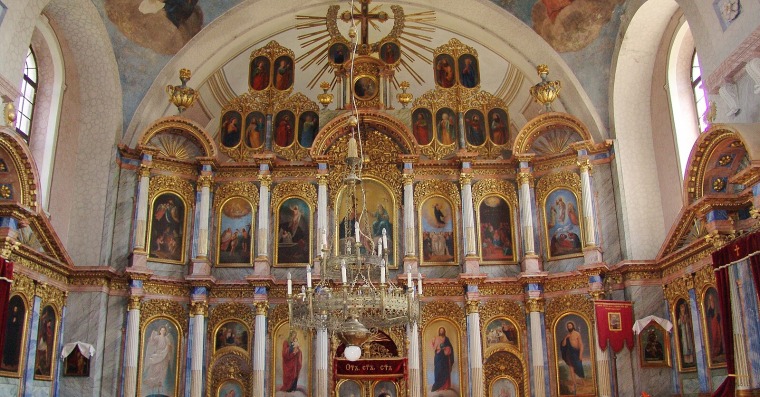Folk costumes, once everyday clothing, are the main characteristic of ethnicity that made Serbs distinctive from people of other nationalities but also from the mighty conquerors.
Serbian folk costumes have a distinctive place in the culture and tradition of our people. Their role throughout history, as symbols of ethnic identity, is of great importance, and it is distinguished by artistic and aesthetic values. To date, mostly the costumes from the 19th and the first decade of the 20th century, with different decorations and shapes both on female and male costumes, are preserved.
Every region inhabited by the Serbs was distinctive of its specific folk costume. The way of dressing revealed not only someone’s origin, but in multicultural regions it was a recognizable sign of ethnicity.
During history, different folk costumes had multiple meanings in everyday life, but they were also influenced by different ethnicities, therefore folk costumes are symbols of time in which they were created and worn.
Beside cultural and historical factors, the forming of folk costumes was substantially influenced by the nature of land and climate that have provided a suitable environment for the development of certain types of economy and their products that created the foundation of life and all its elements.

According to the typical division of labor, mostly women designed and made clothes, except some particular pieces of clothes and jewelry that were made by artisans. Their job was the cultivation and processing of textile raw materials, their coloring, weaving, knitting, tailoring, sewing, embroidery, and decorating it with lace and other applications. Experience, tradition and skills were passed from generation to generation.
Elements of folk costumes worn in the 19th century – “šajkača” (cap), “anterija” (a kind of dress), “zubun” (long women’s jacket), “tkanica” (a kind of belt), “čakšire” (a kind of men’s trousers), “dolama” (a kind of jacket), “džemadan” (vest), “jelek” (embroidered sleeveless vest), “libada” (short women’s jacket), “fistan” (long women’s dress), “šalvare” (wide women’s trousers), knitted socks and “opanci” (leather folk shoe) – can today mostly be seen at the performances of traditional folk dances.
“Opanak”, that has in time become one of the symbols of Serbian tradition and a common souvenir, is a traditional folk shoe that was worn in the medieval Serbia. It is made of leather, without many laces, and it’s very durable. The design has a horn-like ending on toes that indicates the region of origin. The name “opanak” comes from the Romanian word “apinci”.
Serbian folk costumes are mostly preserved due to their role in everyday life activities and as symbols of ethnicity, as well as their artistic and aesthetic values. Mostly costumes from the 19th and the 20th century are known to wider public.
Clothing also showed the difference between urban and rural population, so the civil clothing was developed under the Turkish-Oriental and European influences, while the peasant costumes were mostly handmade products.
If you want to keep a piece of Serbian traditional attire with you at all times or gift it to someone dear, click here.













